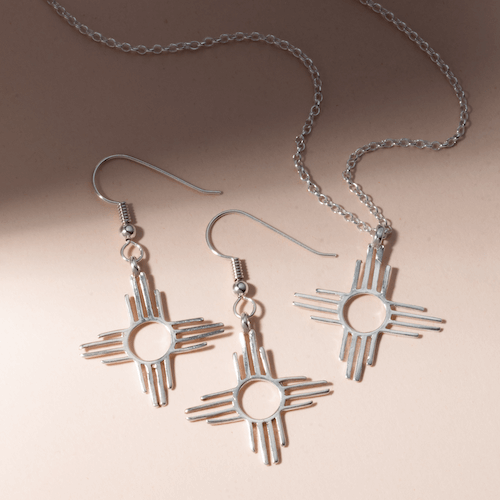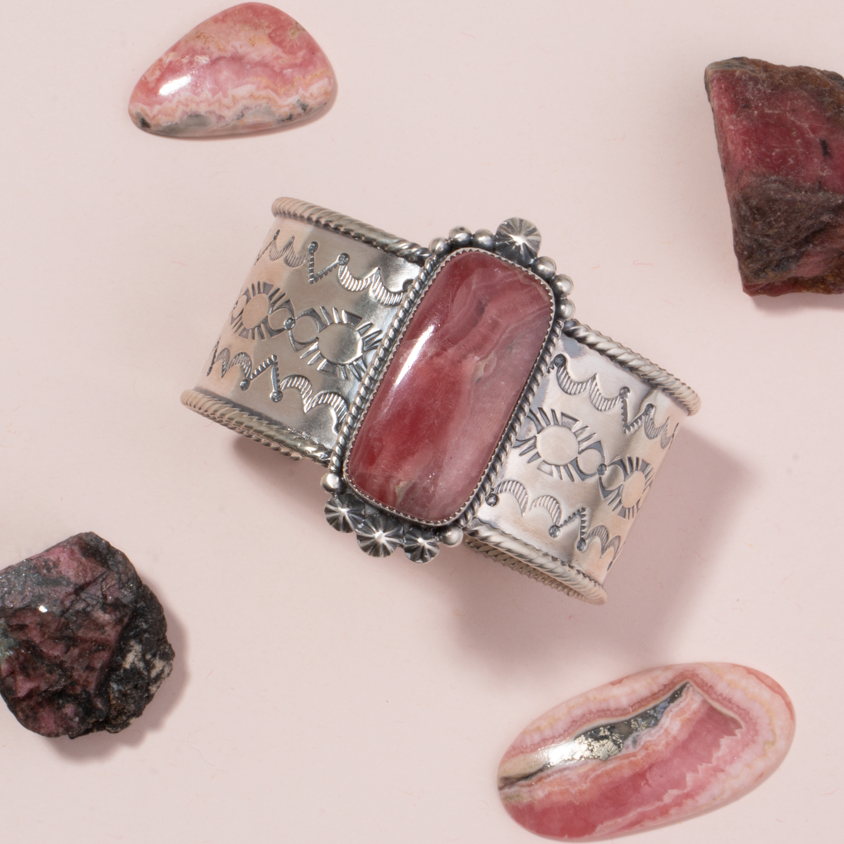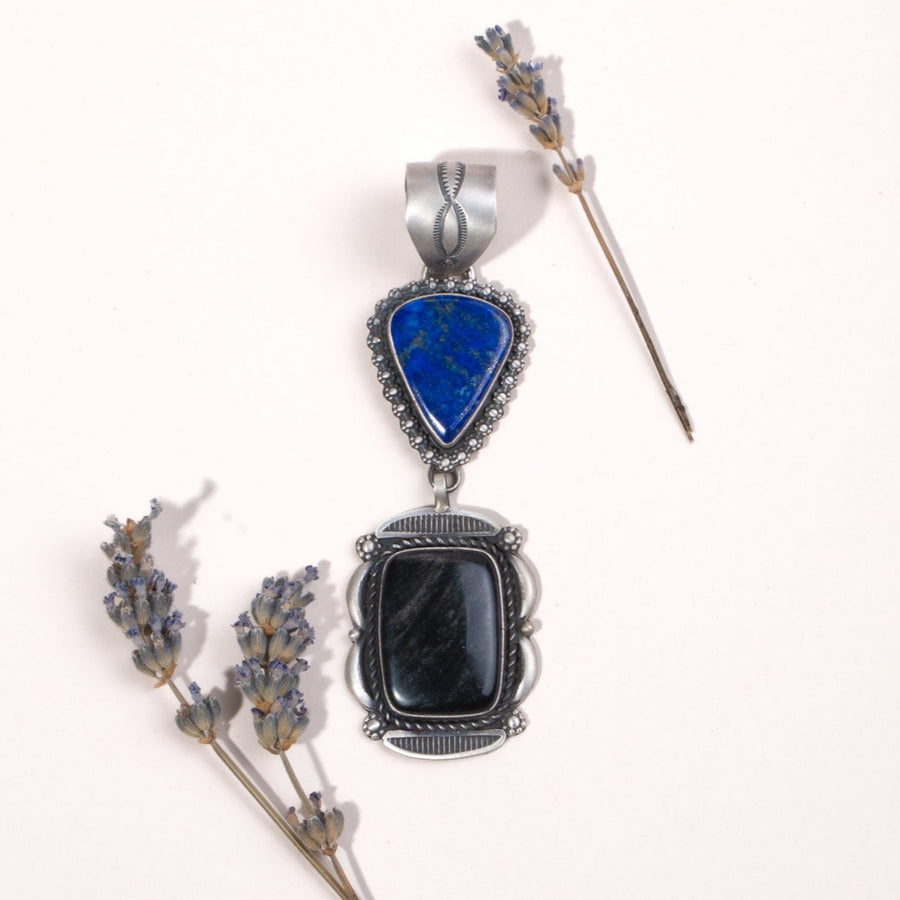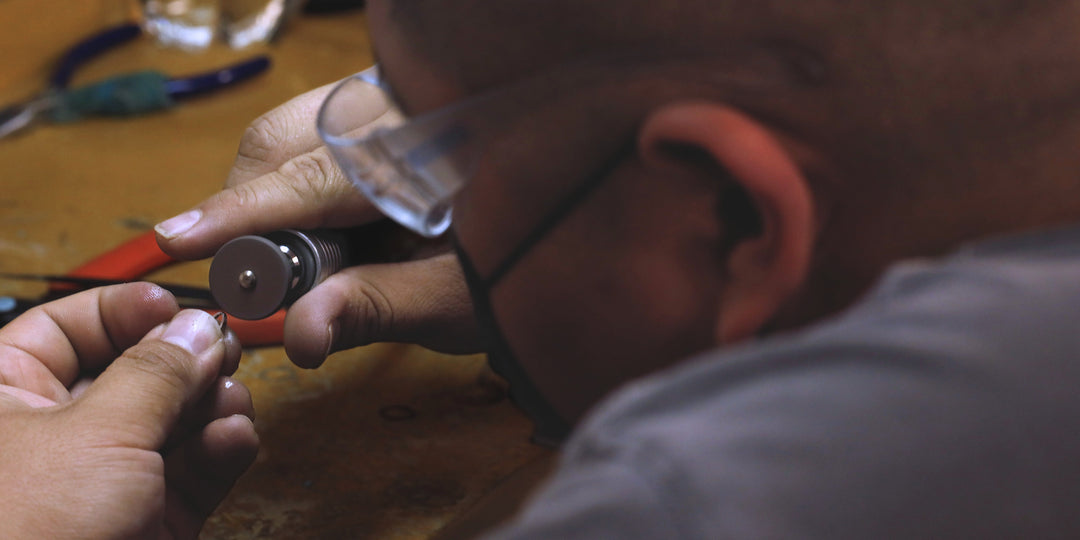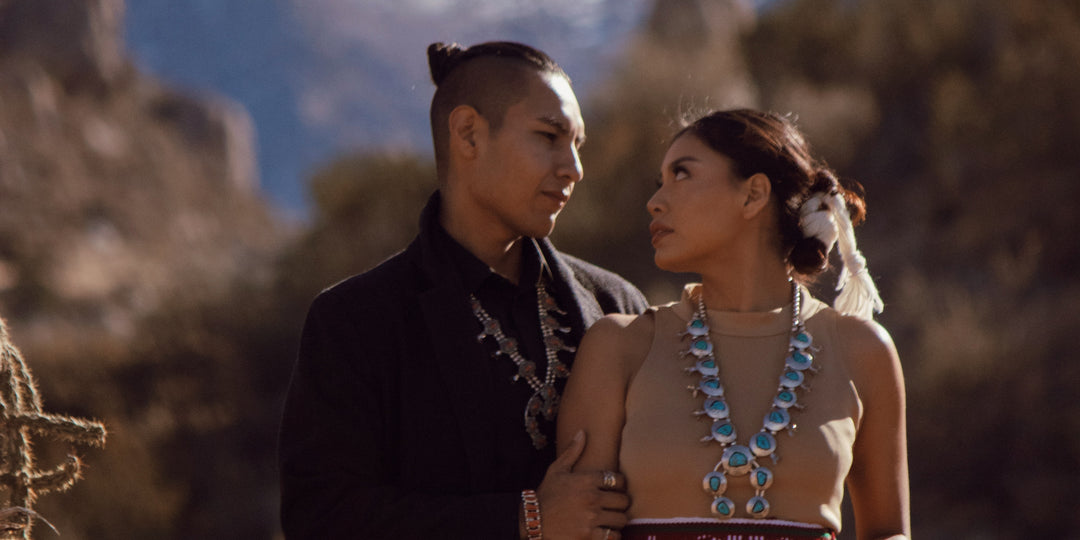Land of the Kay-tichi-tya: San Felipe Pueblo
Situated twenty-five miles north of Albuquerque is the land of the Kay-tichi-tya. We know them today as San Felipe Pueblo. They are a people who have one foot in tradition and the other in the modern world. Considered one of the most culturally conservative of the pueblos, San Felipe has managed to hold onto their language, their traditions and their place in the world.
In 1680 there were roughly six hundred members of the Kay-tichi-tya, organized in matrilineal clans. The group lived with the Cochiti for a time then split from them to dwell in their own two to three story apartment style homes. These homes were made in the traditional manner, without windows or doors. Ladders connected the levels and people entered through the roof. This style allowed for greater defense from raiders.
Like other pueblo people, they traded for a wide variety of items such as shell, copper, turquoise and macaw feathers. Trading brought new contacts and new items but daily life consisted mostly of farming. Religious beliefs were based on the ideal of harmony with all of nature and the concepts of communal living held sway.
The arrival of the Spanish altered the Pueblo way of life drastically. Spanish leaders had a habit of naming the Native Americans they encountered for their Catholic saints. The Kay-tichi-tya became San Felipe Pueblo, named by Costano de Sosa for a Jesuit martyred in Japan. Juan de Onate brought settlers to build a colony. Claiming the land for their own, the Spanish forced the Pueblos to labor for them, to pay taxes in crops and cotton, and sold them into slavery. Catholic missionaries came to build churches and to convert the people. Pueblo people were tortured for practicing their own religion.
Spanish settlers used the new landscape harshly. Rather than learning to live in harmony with the land, they abused it as they did the people. Their cattle overgrazed the land, creating problems with drought and erosion. These conditions led to famine as well and the Pueblos found life in the arid desert even harder under Spanish rule.
The year 1680 saw San Felipe Pueblo revolting against Spanish rule. Pueblo people united to drive the Spanish from the area. Their victory was short-lived. In 1681 the Spanish attempted to reconquer the territory and sacked San Felipe Pueblo. The Pueblos fled to the top of Horn Mesa, southwest of Cochiti. With the Spanish again in control of their lands, in 1692 the people of San Felipe Pueblo agreed to return to their home and be baptized by the Catholic priests. At the time they were living on Santa Ana Mesa. In 1696 they moved to the present site of their pueblo.
San Felipe would see others who wished to rule their lands in the coming years. Mexico’s rule continued the appropriation of the pueblo’s land and water. Later the United States government would recognize the Spanish land grants that gave the pueblo title to their lands, but this act actually restricted some of the treaty rights given to the tribe. And it left them open for exploitation by those looking to use their land.
The coming of the railroad would bring an end to the isolated lives of the Pueblos. This new transportation would also bring other missionaries who saw the tribes as ripe for conversion. Protestant missions created schools for Pueblo children designed to eradicate their sacred beliefs. With the help of the Bureau of Indian Affairs, the US government’s oversight agency for the tribes, Pueblo children were taken from their homes and put in boarding schools which forced white culture on them.

It is a sign of the depth of their traditional beliefs that San Felipe Pueblo did not fall to the cultural assault waged on them. They maintain their language to this day, teaching it to each new generation. And they united their voices with the other pueblos to confront the assault on their lands. The 1920s saw the All Indian Pueblo Council created to resist a congressional threat to appropriate Pueblo lands. Thanks to the unified voice of the Council, Congress passed the Pueblo Lands Act in 1924, affirming that the Pueblos do indeed hold title to their land.
Today there are nearly 3500 members of San Felipe Pueblo, most of whom live on their traditional lands. They have passed down their language, their ceremonies and their art while maintaining a strong sense of privacy. San Felipe artists are known for their innovative pottery and elegant beadwork. They also produce woven belts and moccasins made from deer and cowhide. For each new generation, tribal members continue to pass on their heritage through their art.
Resources:
http://what-when-how.com/native-americans/san-felipe-pueblo-native-americans-of-the-southwest/
https://sarweb.org/?san_felipe_pueblo_artists_katishtya
http://dev.newmexicohistory.org/filedetails.php?fileID=1218


